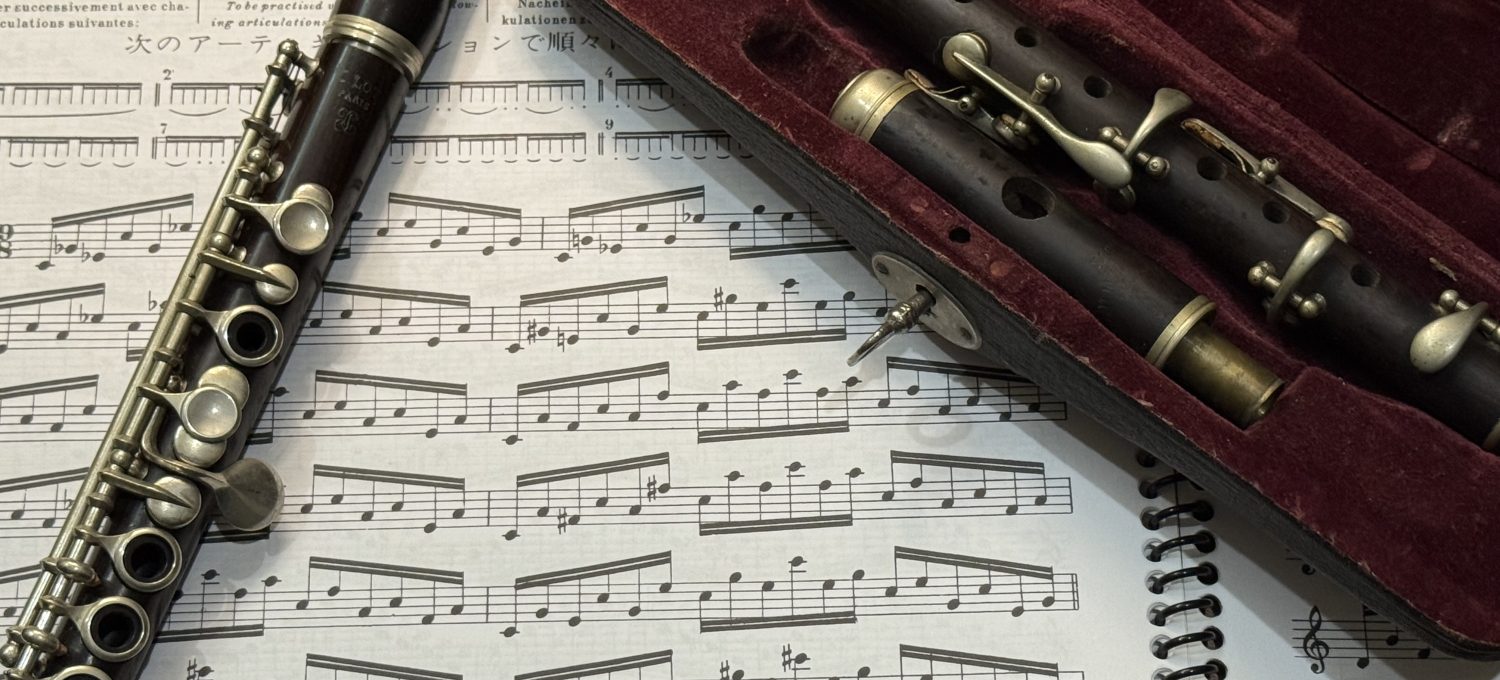The piccolo is just a small flute, right? Everything stays the same as it would on a flute. Hmm… yes, but not quite.
First of all, the aperture of the piccolo is smaller than that of the flute. In order to get a good sound on the piccolo you will need to adjust for that difference. The best way of doing this is to incorporate long tones. You can start with playing half and whole steps and making sure the connections between notes are smooth and the sound is rich and full. This will get better over time with consistency.
Once this first step is mastered, it is best to start incorporating larger intervals into your practice. Both intervals of broken 3rds (major, minor, augmented, and diminished) and intervals of 5ths work well. Again, make sure the transition is smooth and you’re not muscling to get the interval to speak. Instead, use your air, and try to keep your embouchure more neutral. Obviously, there will be some change in pressure going from a lower note to a higher note, but it should come more naturally from sending your air as the support or vehicle for the change rather than due to an exaggerated manipulation of the embouchure.
One of my teachers used to say, “let the notes ride on the airstream.” This advice was given to me for the flute, but it also makes great sense on the use of air for piccolo playing. Your ear (or that of your teacher’s) will be the judge on whether you’re sending enough air or overblowing and perhaps using too wide of an aperture. This is also true in soft playing. You do change your embouchure because you change the direction of your airstream. Again, this is a much smaller adjustment on the piccolo than it is on the flute because the piccolo is a much smaller instrument. You should feel a bit more resistance when playing softly in order to preserve a good sound. However, this doesn’t give you license to have a tight embouchure! Keep just enough pressure to incorporate a beautiful sound.
Another aspect of placement on the piccolo that doesn’t get discussed enough is the actual placement of the instrument on the lip and chin. On the flute, the embouchure plate is placed lower on the chin with the front wall of the aperture on the lip/chin line. Because the piccolo is so much smaller, the placement is a little above the lip/chin line. So, you need to remember when switching between the instruments to adjust for this difference. For me, the transition back to flute is when I have to think about this the most. Of course, there will still be some adjustments necessary depending on the fullness of each person’s lips.
I hope this helps you on your piccolo journey. Happy piccolo-ing!

